Soften Stiff Clothing
We would be surprised if you have this problem when you use the appropriate Roux Maison detergent as directed. All Roux Maison detergents are designed with gentle and naturally-based ingredients that will not leave any residue or harsh chemicals on your clothes that would cause them to stiffen. However, if you do have stiffness, you probably used another brand of detergent that left a chemical residue on the fibers of your clothes. Wash again with the appropriate Roux Maison detergent to eliminate this problem. Roux Maison detergents all rinse clean to eliminate residue left by other products. The chemical residue and long term build-up left by many leading detergents is just compounded when you add even more residue to your clothing and skin by using many fabric softeners, since they also create this same chemical film on your fabrics. If you've ever wondered why their smells last so long, now you know. So, when you use Roux Maison detergents, and they remove residue left by other brands, you don't want to create more residue with chemical-based fabric softeners.
Getting the Softest Towels
We all want soft and cuddly towels, and we also want to avoid all of the chemical residue left behind by most fabric softeners. When laundry is crunchy and brittle, it is usually the result of chemical residue left behind by many other detergents. Roux Maison detergents will help you avoid this problem since they do not leave chemical residue and always rinse clean. If you want to make your laundry and towels even softer, you can always add some white vinegar to the rinse cycle, and be sure to add an extra rinse cycle. The vinegar odor will neutralize in the rinse cycle, so do not worry about it lingering. The dryer does get towels fluffier than hanging to dry, and adding clean tennis balls to the dryer will help fluff them also.
Getting the Softest Flannel
The same white vinegar suggestion from the Getting the Softest Towels tip, above, will help soften your flannel as well. Add about one cup of white vinegar to the rinse cycle. This will soften your fabrics while also removing any leftover chemical residue left by other detergents. Using Roux Maison detergents will significantly help with this issue since our detergents will not leave these residues and films on your fabrics. Always try to only add the recommended amounts of detergent to avoid any being left behind. You can always run an extra rinse cycle if you are concerned that you added too much. Remember, all of our detergents are highly concentrated and a small amount is sufficient for a whole load.
The Softest New Sheets
New sheets are usually stiff and starchy when opened because manufacturers want them to be ironed and crisp. You should always wash new sheets in Roux Maison Essential Detergent prior to using them. You can also add about a cup of white vinegar to the rinse cycle for extra softness, as well as to remove all of the sizing and starch that come in new sheets. A second rinse cycle will help make sure allof the vinegar odor is fully neutralized.
Sheet Upkeep
Cotton, flannel, synthetics, bamboo, or modal (which is created from beech-wood pulp) sheets can be laundered in hot water, using Roux Maison Essential Detergent to help kill germs. Shake to separate and prevent tangling before placing in the dryer. Dry on low.
Linen, silk, or sateen cotton should be laundered with cold water on the delicate cycle, using Roux Maison Delicate Detergent. Dry on the lowest heat setting or hang to dry. Machine washing these delicate sheets removes more allergens than dry cleaning them.
You always want to avoid any use of optical brighteners or bleach; both can weaken fibers of the fabric and diminish their natural life span. A quarter cup of lemon juice can be added to the wash to brighten white sheets instead.
When Colors Bleed
First, do not dry! The sooner you catch this problem the better. Wash items again with the appropriate Roux Maison detergent. To prevent bleeding in the first place, wash in cold water and separate your colors prior to washing. You may also use a cup of table salt in the wash to prevent bleeding.
Setting Color in Solid Colored Garments to Avoid Bleeding
This process works quite well for new, solid colored clothes to set their colors prior to washing and first wearing them. Always separate different colors and only follow these instructions with solid items of the same color in order to avoid bleeding of different colors. Also avoid using this procedure for multi-colored items, which may require dry cleaning. Soak your items for an hour in a mix of 1/2 cup white vinegar, 1/2 tablespoon of table salt and 1/2 gallon of water. If the rinse water shows color after the hour soak, then repeat. Follow by washing as usual with the appropriate Roux Maison detergent. This procedure will not stop fading permanently, but it will slow the natural process and help prevent additional fading.
Black Clothing
When your black items fade and need a little refreshing, you can add some strong coffee or tea, about two cups, to the rinse cycle. This will help bring your items back to their original dark, black colors. However, you should follow the instructions in the Setting Color in Solid Colored Garments to Avoid Bleeding tip prior to first wearing and washing to set your black colors so this will be less of an issue with the passage of time. Washing inside out with cold water will also help protect the color-fastness of your dark and black laundry.
Avoid Fading
For dark colored items, turn them inside out when you wash and always use cold water. If you dry at all, use a short cycle on the lowest heat available.
Brighten Colors
Add about 1/3 cup of white vinegar to your rinse cycle to brighten and soften your laundry. Any residual vinegar smell should dissipate once your clothes are rinsed and dried. Also, always turn your clothing inside out when washing so the outside of your fabrics are not agitated as much during the washing process.
Smoke Odor Removal After a Fire
In the event you need to remove smoky odor left behind after a fire, add 1 cup of baking soda, 1/4 cup ammonia and 1/2 cup white vinegar to your wash. Please avoid adding any bleach products, since they may cause a reaction with the ammonia. You may also try adding 1/2 cup vinegar to the rinse cycle to remove any residual odors.
Burn and Scorch Marks
These are a challenge to reverse and may take some work. Often, they can be permanent. First, gently wipe with a dry sponge or a soft brush to remove any remaining carbon that may be loose. Follow by rinsing in cold water. Gently work Roux Maison Stain Remover into the stain and rinse again. Wash as usual with the appropriate Roux Maison detergent. You may want to try adding a bleach alternative, but if your garments are not white, this may have less than optimal results. Please note, the addition of the bleach alternative may further diminish the integrity of the fibers of your garment more than the initial scorch or burn, but the scorch may become less obvious. You can also try dabbing some 3% hydrogen peroxide on the affected area or treat the stain with a dry-cleaning solvent. If the damaged fabric is delicate and/or synthetic, the fibers might have melted and may be irreparable.
Speed Up Drying Time
The less drying time you have, the more energy you save! So, whenever you are washing heavier, larger and denser things, add an extra spin cycle when washing to get as much water out of your items as possible prior to drying. When you put everything in the dryer, include a dry, clean towel that will absorb some of the excess water from the other items, and further reduce drying time as well. Another trick is to toss a couple of new, clean tennis balls into your dryer. They will help to fluff up your laundry, and they will also cut your drying time by almost half!
Getting Gasoline Odor Out Of Clothes
Place your garments in a big bucket of cold water and add two cans of coke and a box of baking soda to the water to try to remove the smell of gasoline from clothes. Leave it to soak at least overnight and then hang everything to dry. Follow by laundering as usual.
If You Have Hard Water
Hard water often leaves markings behind on laundry by interfering with the efficacy of detergents and leaving behind a film. Roux Maison detergents are all formulated to work in either hard or soft water. However, if you feel it necessary because of excessively hard water in your area, you may either add an extra capful or about 3-4 extra pumps of detergent to your wash. As an alternative, you may also try adding about a teaspoon of table salt with your Roux Maison detergent and mix together. The salt can help soften the water and also make your laundry, especially the colored items, brighter. Another option is to soak your laundry in a mixture of one gallon of water to one cup of white vinegar. To avoid this issue, you can try using a water conditioning product with your Roux Maison detergent, or add a cup of borax that will soften the water and also freshen your laundry. Please be aware that hard water has been known to leave insoluble materials on your laundry, even after you wash and rinse. This is less likely to occur when using a laundry liquid, such as Roux Maison detergents, than with powdered detergents.
Avoiding Lint
Try to avoid washing your towels and household linens with your darker items. You can also add up to one cup of distilled white vinegar with your detergent to keep lint off of your laundry.
Mothball Smell
For starters, air everything out in an open space, preferably outdoors, for a day or two. Afterwards, wash the items and include up to one cup of distilled white vinegar with your detergent. Make sure the smell is gone prior to drying and then fluff up your clothes in the dryer for awhile. These odors can take awhile to neutralize. Activated charcoal, available in hardware and pet stores, placed in your closets or other areas that smell particularly strong may also help. For items that have been in storage for a long time, place them all in a large trash bag with a few dryer sheets or sachets and seal tightly. The smell should be eliminated in a couple of days and you can then try washing as directed above, or just put into the dryer with a dryer sheet or sachet on the "air dry" setting and check periodically for improvement.
Soiled Collars
Use an artist's brush or a small, clean paintbrush to apply hair shampoo to the soiled area prior to laundering in order to help dissolve body oils.
Towels that Smell Sour
Re-wash the items with the appropriate Roux Maison detergent and add a cup of distilled white vinegar to the detergent. Avoid over-stuffing the machine to make sure everything has sufficient room to get completely washed and clean. Divide into two loads, if necessary. Promptly remove the towels from the machine as soon as the cycle is complete and dry immediately. Always keep towels that you are currently using hung up between uses so that they do not mildew when wet, since these odors can linger and are difficult to remove.
Sour Smells, Mildew and Drying
When you do not allow your clothes and linens to dry completely prior to storing them, mildew, mold and bacteria can thrive because they propagate rapidly in warm and wet environments. Making sure that all of your garments and linens are completely dry prior to storing is the best way to help avoid these issues. The fibers of our fabrics are woven and have spaces where bacteria can settle and grow, even when washed. Mildew is very hard to eliminate once it establishes itself. Even the old method of washing your items in hot water with a bleach or bleach alternative often does not provide a permanent solution. If the garments are colored and dyed or made of a delicate fabric, you should not even attempt this.
Environmentally, it is always a better decision to hang things to dry and save the energy of using a dryer, and only using your dryer on the lowest settings for short periods of time. However, a good rule of thumb is that heavier and sturdier fabrics, like towels, blankets, and many cotton fabrics can handle higher heat than lighter and thinner fabrics that respond better by being dried at lower settings or by hanging to dry. Another advantage of hanging things to dry outside in direct sunlight is that sunlight can help to minimize stains as well as reduce yellowing. Whatever method you choose, always take care that everything is absolutely dry prior to storing.
Yellow Stains on Stored Items
If you find yellowing on your items that you take out of storage, that are not dyed, colored or delicate, and they are all washable, mix one cup of powder dishwashing detergent, one cup of bleach alternative and one full dose of the appropriate Roux Maison detergent in a load of hot water. Soak all of the clothes in this mix overnight. Complete the cycle the next day for best results. Repeat if necessary.
Yellow Stains on Silk
As long as your items are washable and you do not have to consult a dry cleaner, a good method to diminish yellowing on silk items is to soak them in warm water with a few denture tablets and allow to soak at least overnight prior to laundering as usual. Another method is to gently dab some white toothpaste, not gel, directly on the affected area and then launder as usual in cold water. You could also try mixing a combination of one tablespoon of white vinegar, one tablespoon of salt, one tablespoon of water softener, along with a pint of water in a bucket and dip the affected areas repeatedly in the liquid, rinse the items out well without squeezing or wringing, and then follow your usual laundering procedures.
Avoiding Shine
Whenever you iron darker items or denim, turn them inside out in order to prevent them from getting shiny marks, especially around seams and cuffs. Use very little to no starch at all when you iron. Starch can build up over time to leave a shine on your garments, so the less you use the better.
Whiter Whites
You can soak not-so-white anymore clothing in lukewarm water and a bleach alternative for at least 24 hours or so, and then rinse them with white vinegar and water at a ratio of one tablespoon of vinegar per quart of water. Follow by washing in the hottest water that you feel comfortable using, along with a bleach alternative. Hard water can be a factor in making your clothes look gray and it also can also make detergents less effective and leave a residue. Check our tip for what to do if you have Hard Water and how Roux Maison detergents can help. Since Roux Maison detergents are all liquid, you do not need to worry about needing hot water to make them dissolve. In addition, our detergents are all designed to be equally effective at any temperature. However, hot water uses more energy than cold water, so we always recommend using the coldest water possible for all uses. Regardless of what water temperature you choose, you should always try to rinse with cold water to save energy. Remember also, drying your items outside in direct sunlight can also help to whiten them.
Whitest Cotton Socks
You can try boiling your socks in a pot with a few slices of lemon, which will naturally bleach them back to their whitest shade. Another option is to add a small amount of dishwashing detergent to the wash cycle with your socks.
Stretching Shrunken Knits
There are no foolproof methods of trying to un-shrink sweaters or other shrunken knits, but here are some helpful options. Try dissolving an ounce of borax in a few tablespoons of hot water and add that to a gallon of warm water and then submerge the sweater. Carefully, pull the sweater back into shape and rinse it in a gallon of warm water with two teaspoons of white vinegar. Another approach is to dissolve two cups of salt in enough water to cover the sweater and allow it to soak and cool for about three hours. Follow by washing the garment in the appropriate Roux Maison detergent and rinse it out at least three times. Roll out the sweater to dry flat and do not wring or squeeze. The final option is to soak the sweater in a mix of water and hair conditioner, carefully stretch the item to reshape it and lay it flat to dry.
Sweater Maintenance:
Machine wash cotton blends on gentle, using Roux Maison Delicate Detergent. Use this setting for cotton, synthetics, or blends and adjust the temperature depending on the color - warm for whites, cool for brights and darks. Dry or air fluff sweaters for a few minutes before laying them flat to finish drying, which will help prevent stiffness and wrinkles.
Test delicate knits, such as crochet or silk, for colorfastness. To test, put a small amount of Roux Maison Delicate Detergent in a spot that will not show. Leave on fabric for a couple of minutes, then rinse. If the color is not affected, launder with Roux Maison Delicate Detergent using the hand wash cycle of your machine. Reshape and lay flat to dry on a mesh rack or towel.
Sweater Pilling
Pills on sweaters are caused by abrasion from either wearing or washing. The most productive way to permanently get rid of pills is to gently shave them off with an inexpensive disposable razor. Sometimes, you may need more than one razor to get all of them. Pumice stones, sweater shavers, sweater stones, de-pilling combs, or the hooked side of Velcro tape may also work.
Taking the Itch Out of Sweaters and Scarves
Often, wool can be really scratchy. If this is what is bothering you, other than placing a barrier, like another shirt, between you and the itchy item, there is not a lot that you can do other than avoid wearing the offending item. Unless your item has a lot of embellishments that you don't feel comfortable washing yourself, you should be able to machine wash your items in the machine on a delicate setting or else by hand. Try adding some powdered water softener to the wash cycle. Many leading detergents leave behind residue that can cause some amount of abrasiveness as well, especially if you have been washing your laundry with them regularly. Using Roux Maison detergents will remove this residue. You can also try adding about half of a cup of white vinegar to the rinse cycle to help remove any leftover residue.
← Older Post Newer Post →

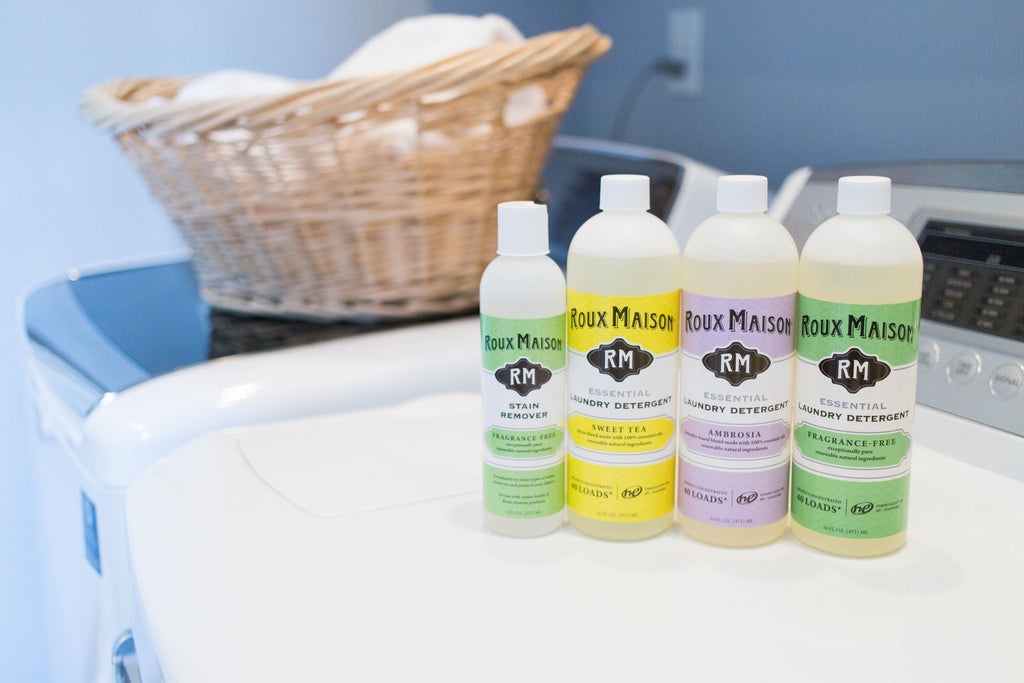
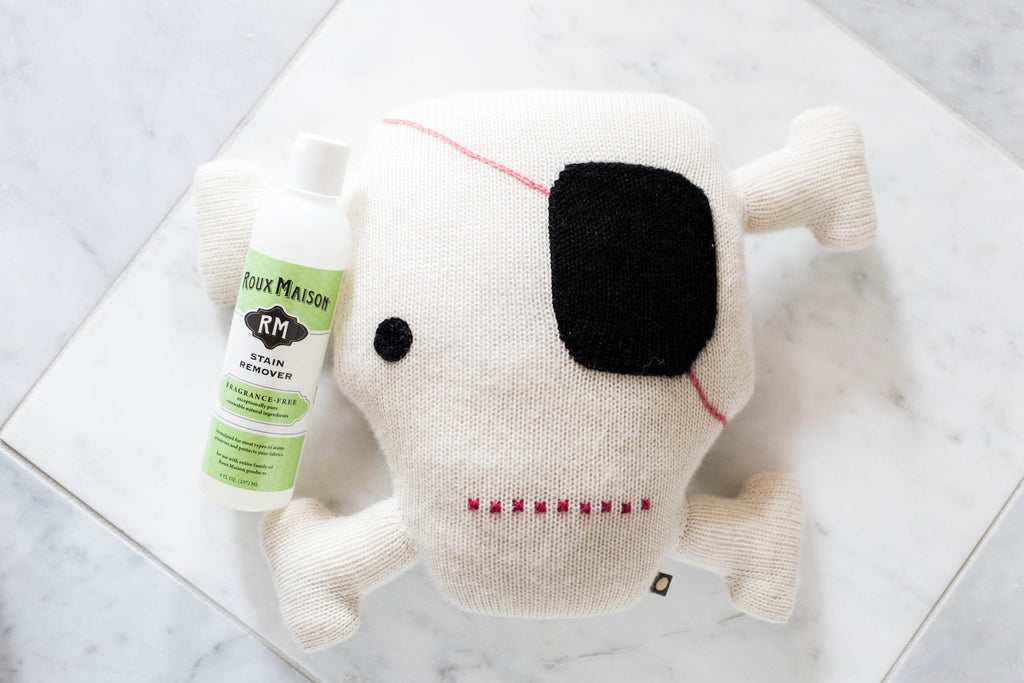
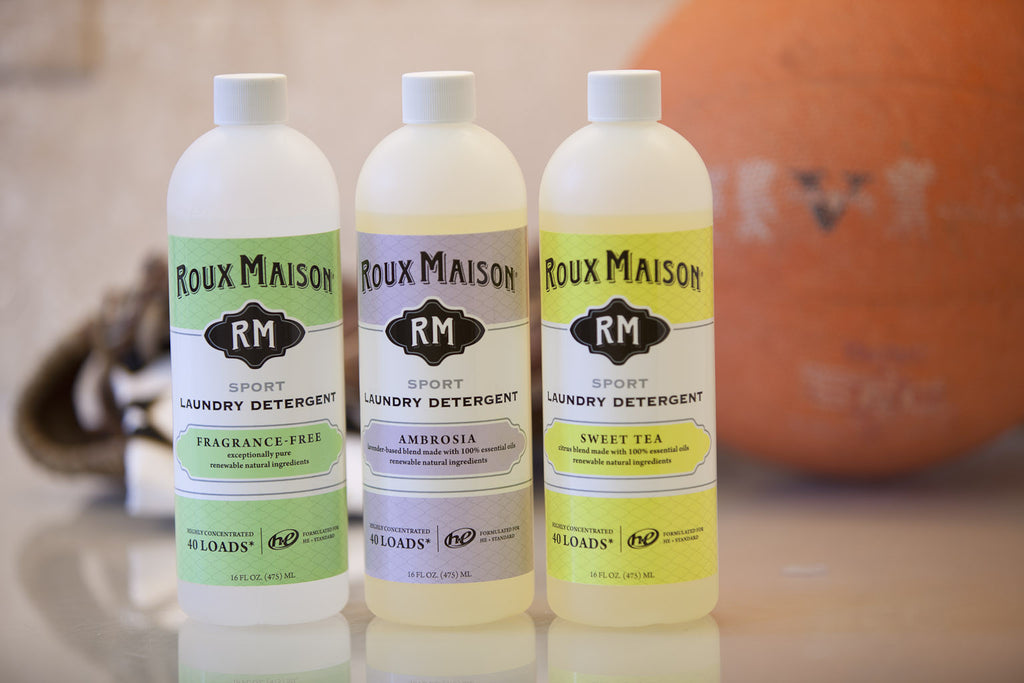
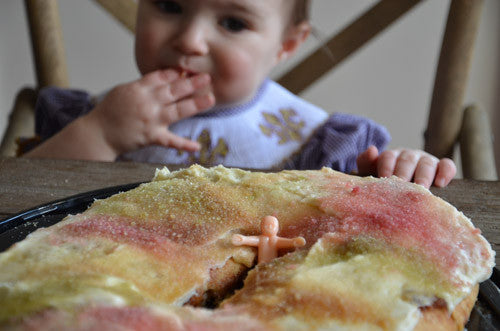
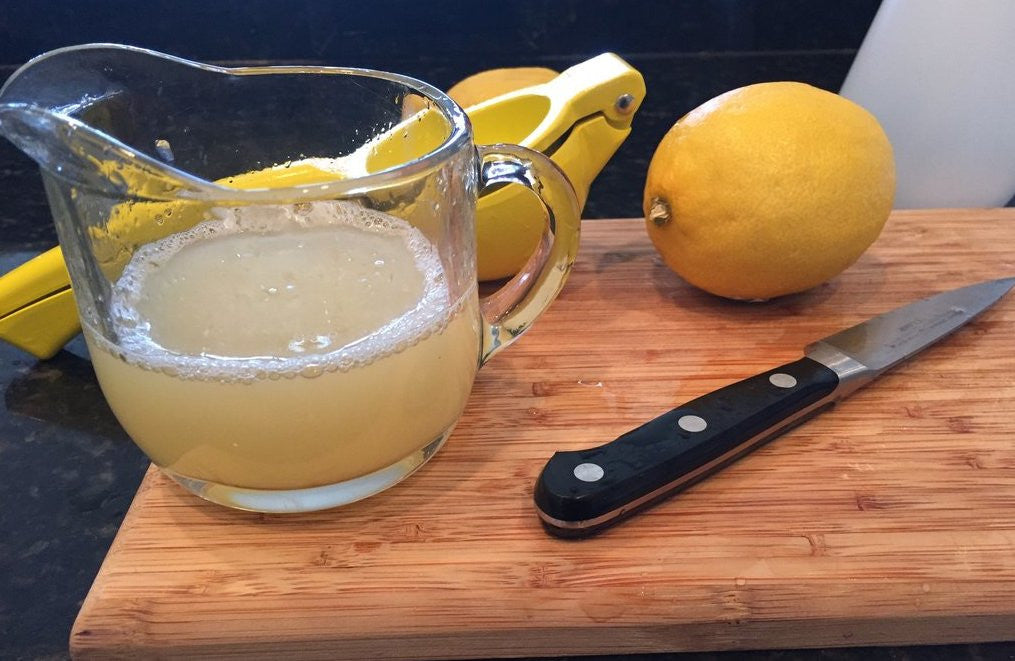

0 comments